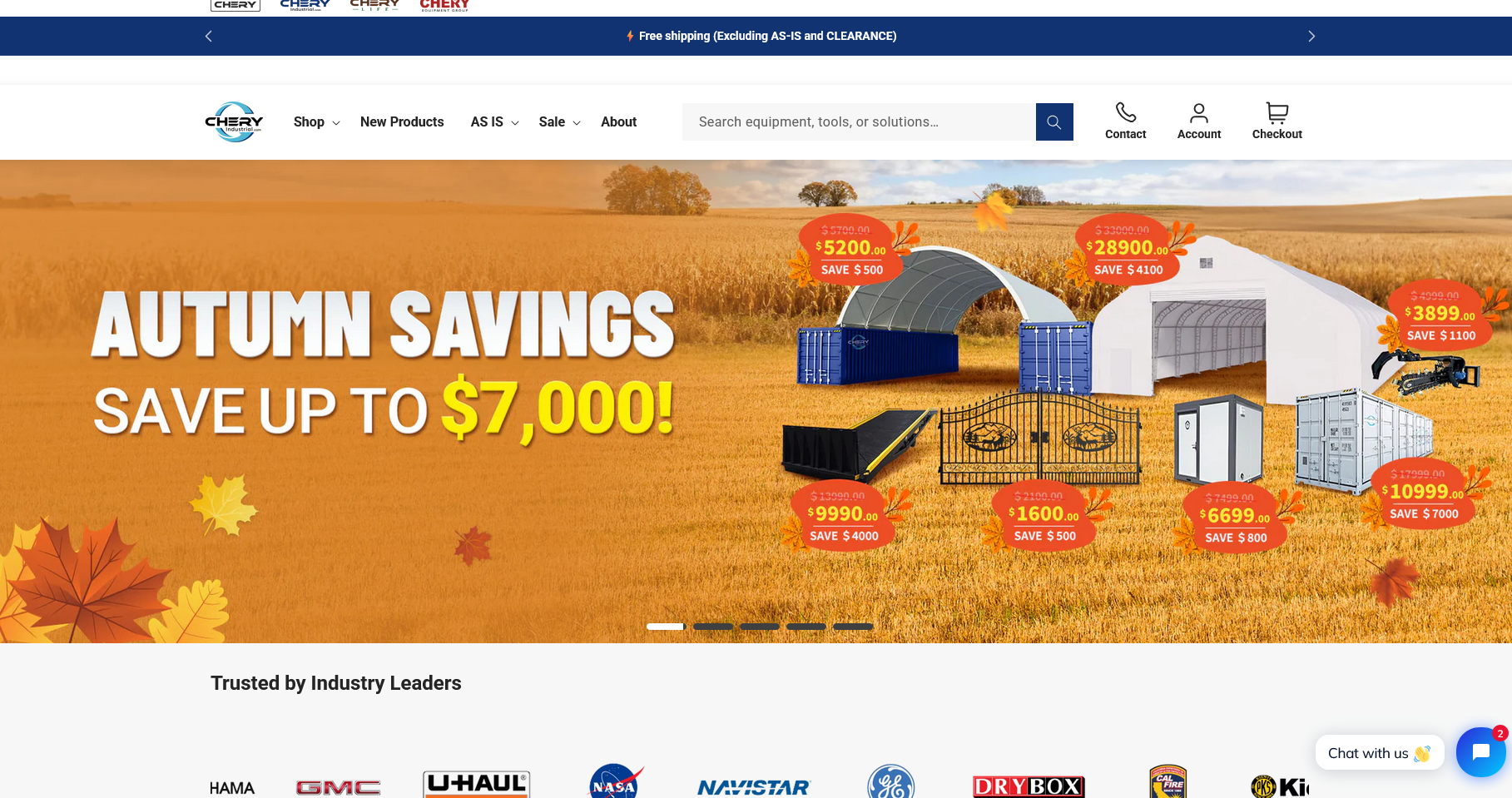
What is a claim in digital marketing?
A claim in digital marketing is a concise statement that communicates a specific promise, benefit, or value a brand offers within a campaign or message. It is designed to be immediately understandable and to guide the audience toward a desired action.
Claim versus slogan and tagline
A claim differs from a slogan or tagline because it is campaign-focused and tactical, aimed at a single proposition, while a slogan or tagline represents the brand’s enduring identity. Claims are time- and context-sensitive; slogans are long-term brand identifiers.
Purpose
The purpose of a claim is to capture attention quickly in crowded digital environments and to make the campaign’s main value proposition obvious in a single line. A strong claim reduces friction in decision-making and increases the odds of clicks, conversions, or message recall.
Strategic role
Strategically, claims clarify the single most persuasive reason the target audience should take action now. They align creative, targeting, and measurement around one prioritized outcome and simplify A/B testing and optimization.
Characteristics of effective claims
Effective claims are concise, specific, believable, and differentiated from competitors. They use plain language, focus on one benefit or emotion, and are supported by evidence or a clear call to action.
Common types of claims
Typical claim types include benefit claims that state what the customer gains, feature claims that describe what the product does, value claims that emphasize savings or price, and emotional claims that promise a feeling or identity.
Channel fit
Claims must be adapted to the channel: search ads require ultra-compact, keyword-aligned claims; social ads allow slightly more expressive language paired with visuals; landing pages use the claim as a headline to be substantiated by the page content.
How to craft a claim
Identify the single most compelling benefit for the target audience, express it in active, plain language, remove modifiers and fluff, and test for clarity and memorability. Prioritize one promise over multiple competing messages.
Testing and iteration
Claims should be validated with A/B tests measuring click-through rate, conversion rate, and engagement, while qualitative feedback uncovers misunderstandings. Iterate quickly, keep variants limited, and use results to refine wording and proof points.
Truthfulness and compliance
Claims must be honest, verifiable, and compliant with local regulations to avoid legal and reputational risk. Avoid unverifiable superlatives unless you can substantiate them with data, certifications, or transparent terms.
Examples that clarify
A campaign claim like “Free two-day delivery this week” is immediate, measurable, and action-oriented, whereas a tagline like “Quality that inspires” conveys long-term brand values without a specific call to act. Concrete, time-bound claims tend to drive behavior.
Integration with creative assets
Design, imagery, typography, and layout should amplify the claim rather than compete with it; supporting elements like badges, testimonials, and short bullets provide the social proof and facts that make the claim credible. Visual hierarchy should lead the eye to the claim first.
Localisation and audience fit
Claims must be adapted for cultural nuance, idiom, and regulatory differences; literal translations often weaken impact. Test localized variants for clarity and resonance in each market to ensure the claim reads naturally and remains persuasive.
Common mistakes
Common errors include trying to communicate multiple benefits at once, using vague or jargon-heavy language, failing to back the claim with proof, and ignoring channel constraints. The remedy is to simplify, prioritize, and substantiate.
Final guidance
Choose one clear, audience-relevant promise, express it in active, plain language, test it in context, and back it up with credible proof. A claim that is specific, believable, and aligned with user needs will consistently outperform clever but ambiguous messaging.




